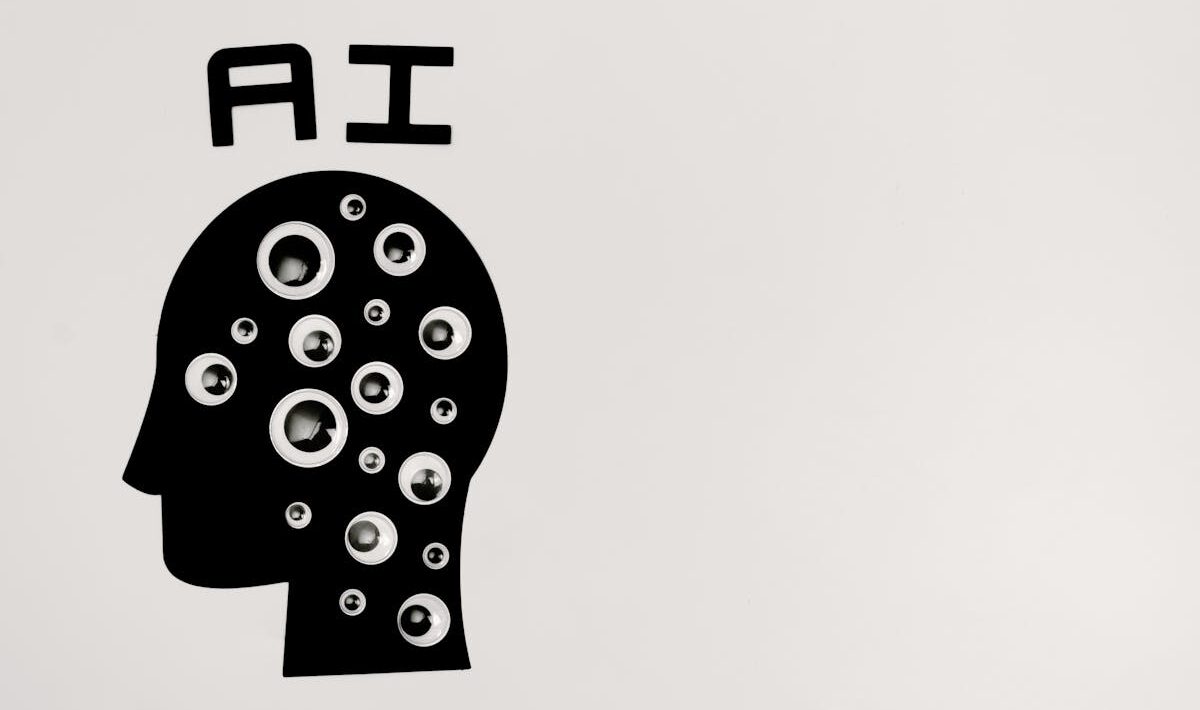Artificial Intelligence. When people hear this expression, they often associate it with futuristic movie settings, robots, and technology. Don’t you agree?
To make it clearer, let’s give an example. In Spike Jonze’s feature film “Her ,” writer Theodore talks to Samantha, the computer’s voice assistant, and ends up falling in love with her because of her voice.
Granted, this may not be common in everyday life. In fact, Artificial Intelligence may be closer than you think. Have you ever used Google voice search? Interacted with chatbots or set one up for your brand? Have you managed to get somewhere thanks to GPS or Waze? If so, Bingo!
Artificial Intelligence is part of your life, and we can prove it with these and other situations. Curious? In the following lines, you’ll learn a little more about this concept!
Artificial Intelligence: what it is and how it works
AI or Artificial Intelligence is an area within computer science and other technologies that proposes artificial solutions, in devices, software and other resources that can simulate human capabilities in reasoning and other skills.
Research into Artificial Intelligence or AI didn’t begin today, but in the 1950s. However, with the evolution of technology and the constant mutation of software, consumer habits, science, and the internet itself, possibilities are emerging.
People may not realize it, but AI is a part of life, in a wide variety of areas. In marketing, for example, content production focused on SEO—a technique related to Google’s search engines, whether text or voice search —is an example of AI.
In medicine, there is advanced equipment and software that helps diagnose diseases and assist doctors and healthcare professionals.
Does this seem far from your reality? Don’t worry, you’ll soon identify with some of these situations. We’ve selected some examples of Artificial Intelligence that are present in your daily life and often go unnoticed. Check them out!
1. Chatbot
Imagine you access a company’s social media channels to ask a question via inbox or direct message, and suddenly receive an automated message. This can also happen with other services, such as a digital bank, for example.
You need to type the number 1 or 2 to choose a service option and in the conversation itself, the attendant (even though it is a robot, it can be customized with a name and identity) provides a menu of options for you to continue with the service.
Has this ever happened to you? This is a clear example of Artificial Intelligence applied to everyday life. For those who create a chatbot , there are some advantages, such as:
- Agility in service;
- Optimization of the sector’s operational routine;
- Focus on problem solving.
Of course, there’s some controversy surrounding this topic. After all, an effective chatbot simulates humanized service, and that’s a real challenge. Nobody likes talking to someone they don’t understand, right? However, there are possibilities and success stories!
2. Google Assistant
Have you said good morning to your virtual assistant today? They’re on your smartphone and are part of some computer operating systems!
You ask a question, and they give you the solution. They’re always willing to help. In Apple’s case, Siri can even sing a song if you ask or if she’s having a hard day.
Cortana is Windows 10’s personal assistant. She also searches, can help you make phone calls, read and send messages, and more. Windows 10 recently underwent an update ( Windows 10 May 2020 Update ), and Cortana also got a new look. She now sits in the taskbar, and you can choose when to speak to her or type.
Google’s virtual assistant can also be a great help. You ask questions, it answers. Forgot to call your mom? It can help you with a single command.
Too lazy to open apps? Ask her. If you’ve ever been unsure which restaurant to go to, she’s been there for you, too. Right?
With this example, it’s easy to relate, don’t you think? Besides providing solutions, Artificial Intelligence can also positively impact accessibility. We’ll explore this topic in more detail below!
3. Artificial Intelligence and accessibility solutions
Have you heard of the Google AI Impact Challenge ? It’s a Google initiative promoted by countries across six continents that aims to challenge organizations: to think of Artificial Intelligence solutions that can help people solve their societal challenges.
Essentially, it’s an accelerator for good that encourages people to bring solutions to social and environmental challenges and other issues. The document “Accelerating Social Good with Artificial Intelligence: Insights from the Google AI Impact Challenge” provides access to several interesting case studies.
Some candidates who already had prior experience with AI and had collected significant data took on the challenge to create an implementation plan to carry out a social action.
Essentially, organizations used satellite imagery to map, in real time, the damage caused by natural disasters like earthquakes, fires, and floods. However, the challenge was developing programs to help provide practical solutions and save lives. Cool, right?
Still within the concept of accessibility, Microsoft created an app called Seeing Al with the aim of using artificial intelligence to help people with visual impairments use their cell phones and “see” photos through auditory descriptions.
Impact of artificial intelligence
Now that you’ve seen so many examples and know a little more about the concept of Artificial Intelligence, it’s certainly easier to establish a connection with the topic or gain some insight into the impact these resources can have on your daily routine, right?
Far beyond just extraordinary creations, Artificial Intelligence can help people with the simplest tasks and make things much easier. Technology has the power to transform, and through articles like this, we hope you’ve learned a little more about AI in your daily life and found inspiration.

